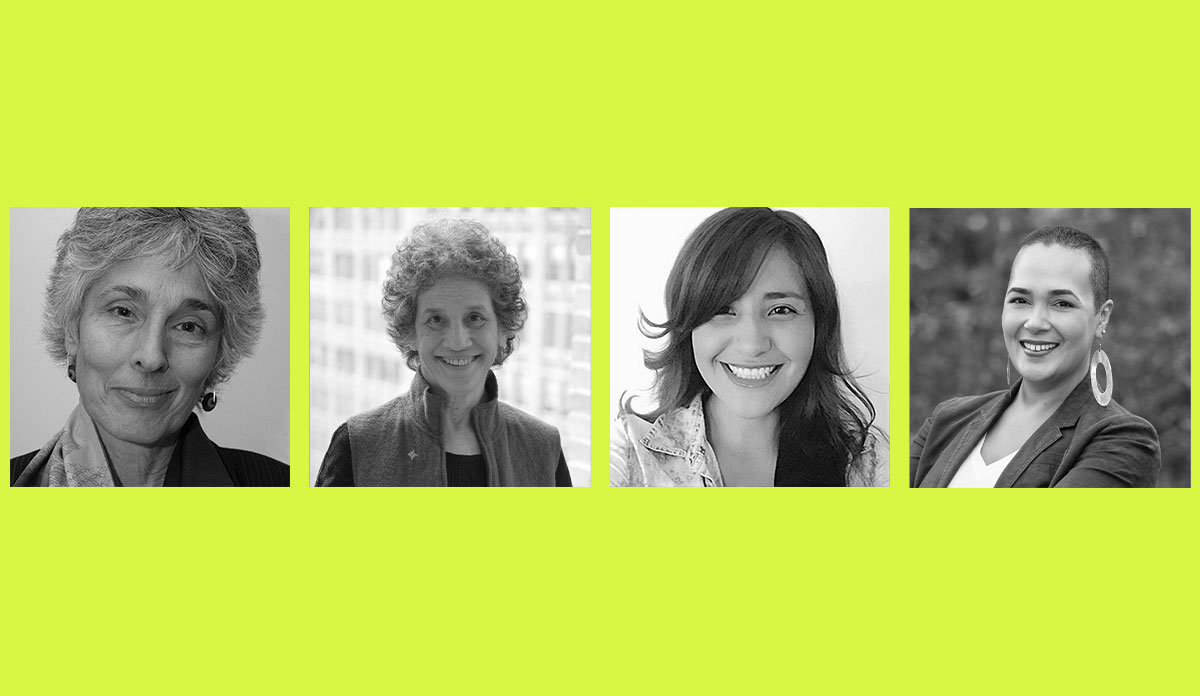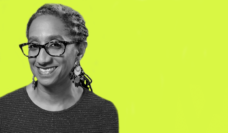Public Health Post: As we reflect on the 50-year journey of “Our Bodies, Ourselves,” how has the conversation among women about their bodies, sexuality, and health shifted from when the book was first published in 1971 to today?
Judy Norsigian: In our beginnings, nothing was available in lay language, and very little was even well understood by clinicians about so many areas of women’s health. So we demystified our bodies, studied how they worked, and put that down on paper. The very first editions of the book were primarily along this vein. We gradually became more sophisticated as we understood what was done in the field of women’s health. Then we became more inclusive in terms of whom we spoke with, where we got our information, how we reached out to a lay audience, and how we revised and expanded the different editions of “Our Bodies, Ourselves.”
Wendy Chavkin: I was a college student at the time that I first remember seeing “Our Bodies, Ourselves.” It was a mimeographed sheet of paper. At that time, it was radical and new to speak, in straightforward detail, about women’s anatomy and physiology. Today, we are talking about a wide range of sexualities and examining gender more. I have to credit the second wave of the women’s movement for critiquing gender roles, but now we are doing it in a more nonbinary way.
Will you share what reproductive rights means to you and why you support them?
Wendy Chavkin: Reproductive rights mean the ability to meaningfully decide whether, when, and how you want to have children or not. Can you get contraception? Can you get a safe abortion? Can you get dignified and safe maternity care? Those are the mechanics. But it also means being employed in a place where being pregnant is a norm. Do you have all the benefits you need to be a parent? Do you have parental leave? Do you have access to a world that understands that responsibilities for children and home life are everybody’s responsibility, so the workplace must take that into account for all workers? All of those things mean reproductive rights.
Charlie Ruth Castro: I am going to escape from the technical definitions. Reproductive rights mean freedom. Freedom to choose the life plan that you decide for the best of your benefits.
Nashira Baril: As I became more politicized and had access to more Black feminists’ thought, I began to understand the ways that they pulled against late-stage feminism and very white-dominated feminism. Reproductive rights can get you an abortion or let you choose family planning, but it doesn’t address the sociopolitical context that shaped the dimensions of our identities; that’s reproductive justice. I would argue that reproductive rights and reproductive justice are different.
What are the greatest threats to reproductive rights?
Judy Norsigian: Institutional racism, which continues unabated in some ways, in the minds and the hearts of many people. When you see the opposition to abortion and the opposition to reproductive justice, I think in the minds of many, racism is part of the problem. There are many people who don’t want to see white women having abortions. It’s never going to be discussed, but I think this is at root some of the reason why abortion is opposed. It isn’t just this kind of sanctity-of-life argument.
Nashira Baril: Three huge pillars uphold all the systems of our society that are the biggest threats: the intersection of white supremacy and structural racism, heteropatriarchy, and capitalism. They determine our ability to earn a living, afford childcare, get an abortion, how clean our air is, and how sustainable our planet is.
Wendy Chavkin: In the United States and too many other countries, there have been movements to restrict legal rights to control one’s access to reproductive healthcare services and options. The threats that are attracting attention and are very real and very worrisome are the legal ones.
How does one go about changing the viewpoints of those who oppose the policies and laws you support?
Wendy Chavkin: It’s very difficult to change the beliefs of people who truly oppose you. It’s probably not worth your limited energies to do so. Rather, it’s important to focus on those who are open-minded or simply haven’t thought about it yet or are ambivalent, as opposed to opponents.
Charlie Ruth Castro: We need to have these conversations everywhere. From prisons, to the favored institutions like Harvard, and private hair salons.
What is your hope for the emerging activists and leaders in women’s health?
Judy Norsigian: They are already fulfilling some of my hopes. Unless the conversations on these myriad issues are inclusive, they’ll never address the needs of most people. This is not easy. You have to do a lot of grassroots work to build these coalitions, but I do see an awareness of how this is important, particularly around how we create policy changes at the local and national levels.
Nashira Baril: We’re always students. We’re always learning. We have to be reverent to our elders in this space. We also have to be careful not to “cancel” ourselves. We get so caught up in being woke that we actually start to cancel each other. In an effort to be inclusive we end up excluding people.
Charlie Ruth Castro: We are cultural and social translators. We have to keep the light on these topics. We have to drive these conversations. Keep bringing together the key actors and the basic actors—anonymous actors—that can create a big transformation.
Wendy Chavkin: I wish for new emerging activists to understand that being an advocate is forever. You never get there. You must anticipate backslides and learning curves. They are all parts of your growth.
Photos courtesy of Judy Norsigian, Wendy Chavkin, Charlie Ruth Castro, and Nashira Baril














